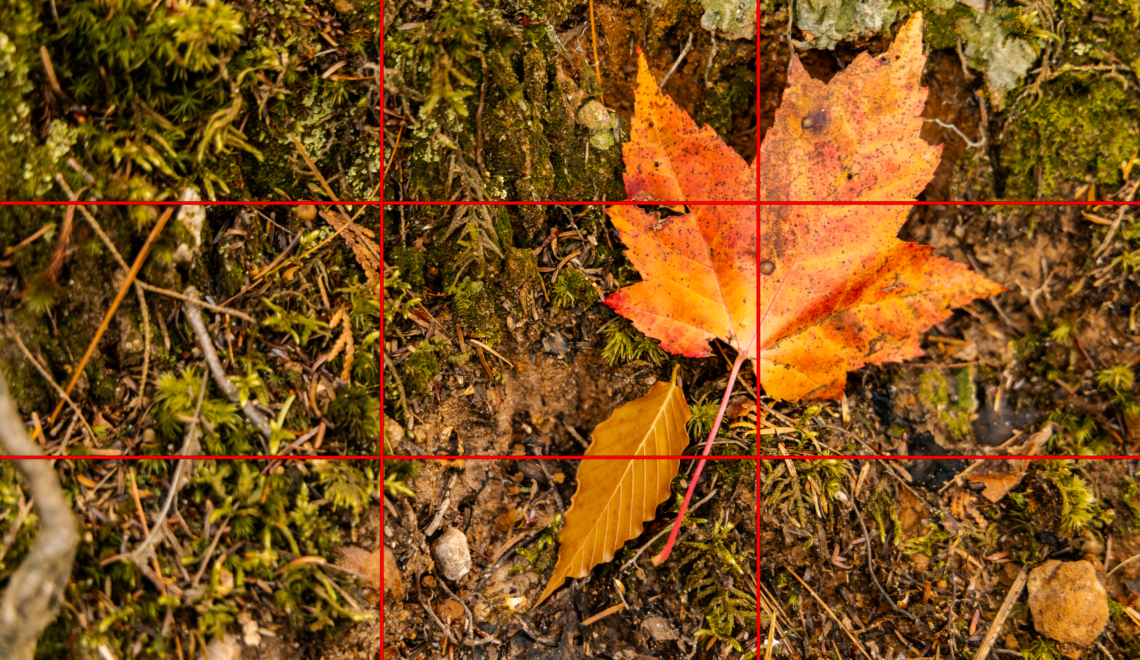
Updating your camera’s firmware can be a crucial step in ensuring your device operates at its best. This blog post is based on the informative YouTube video, “Should You Update Your Camera’s Firmware,” which provides valuable insights and practical tips for photographers of all levels. Here, we’ll summarize the key points discussed in the video to help you make an informed decision about updating your camera’s firmware.
What is Firmware?
Firmware is the software programmed into your camera’s hardware, essential for its basic functioning and advanced features. It operates at a level between the hardware and the high-level software applications, ensuring everything runs smoothly.
Why Update Your Firmware?
- Bug Fixes and Improvements: Manufacturers often release firmware updates to address bugs and improve camera performance. These updates can fix known issues that affect functionality and user experience.
- New Features: Firmware updates can introduce new features and capabilities. This can include improved autofocus, enhanced image processing, or additional shooting modes.
- Compatibility: Updates can ensure your camera remains compatible with new lenses and accessories, extending the lifespan and usability of your gear.
- Security: Firmware updates can also address security vulnerabilities, protecting your device from potential threats.
How to Check for Firmware Updates
- Manufacturer’s Website: Visit the official website of your camera’s manufacturer. They typically provide firmware updates along with detailed instructions on how to install them.
- Camera’s Menu: Some modern cameras allow you to check for updates directly through the camera’s menu system. Refer to your camera’s user manual for specific instructions.
How to Update Your Firmware
- Preparation: Ensure your camera battery is fully charged to prevent any interruptions during the update process. Use a reliable memory card that is properly formatted.
- Download and Transfer: Download the firmware update file from the manufacturer’s website. Transfer the file to your camera’s memory card.
- Installation: Follow the instructions provided by the manufacturer. Typically, you will need to navigate to the firmware update option in your camera’s menu and follow the on-screen prompts.
- Verification: After the update is complete, verify that the new firmware version is installed correctly. This can usually be done through the camera’s menu.
Potential Risks
While updating firmware is generally safe and beneficial, it’s important to be aware of potential risks:
- Interruption: Interrupting the update process can cause the camera to malfunction. Always ensure your battery is fully charged.
- Incorrect File: Using an incorrect firmware file can cause issues. Always double-check that you’ve downloaded the correct file for your camera model.
Conclusion
Updating your camera’s firmware can enhance performance, introduce new features, and ensure compatibility with new accessories. It’s a straightforward process that can greatly benefit your photography experience. Always follow the manufacturer’s guidelines and take necessary precautions to ensure a smooth update process.
For more detailed information, you can watch the full video here.
For more photography tips and tricks check out link here.




